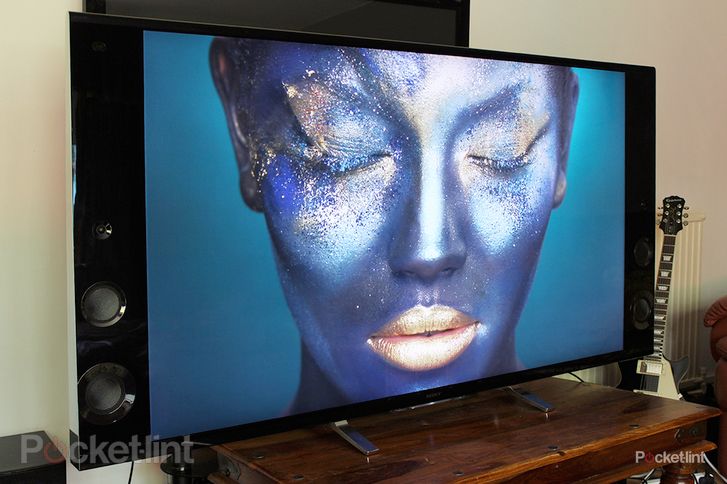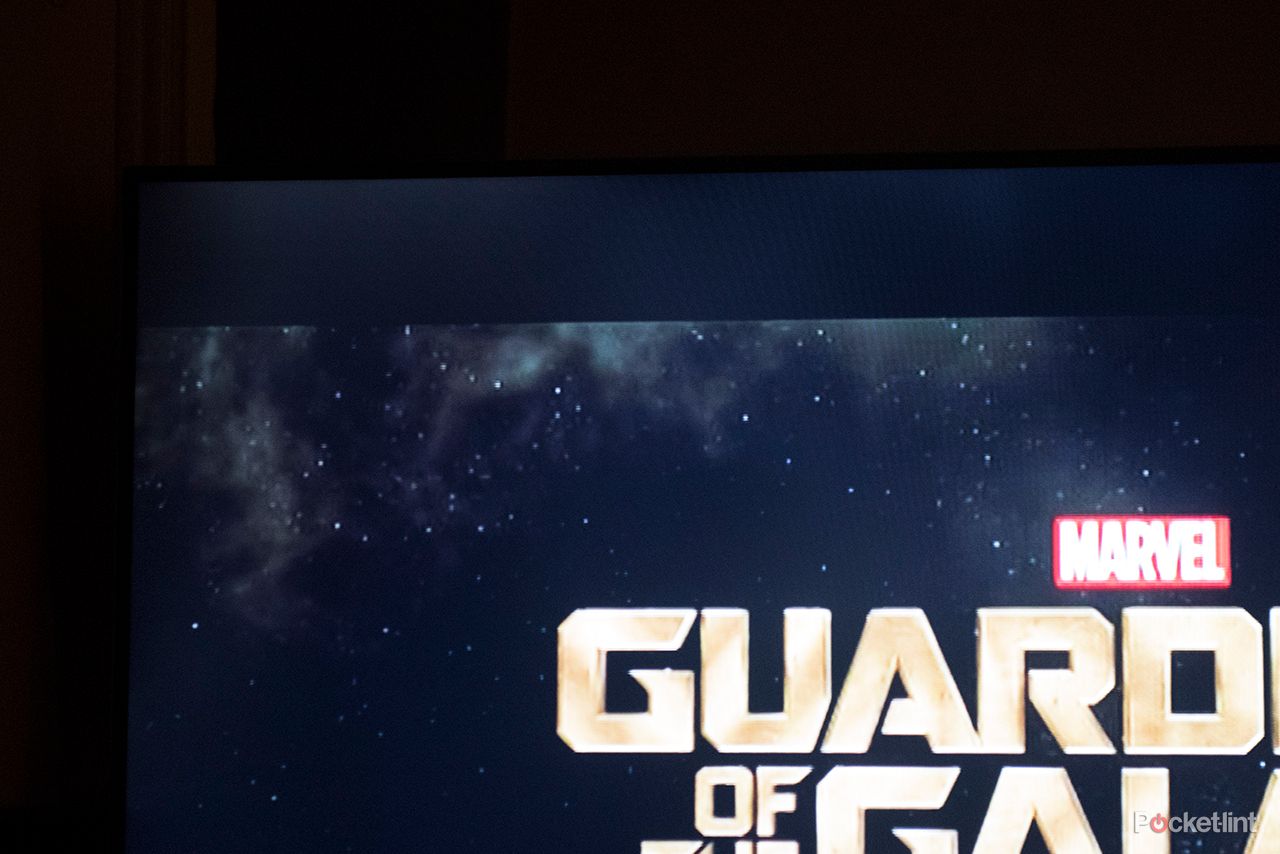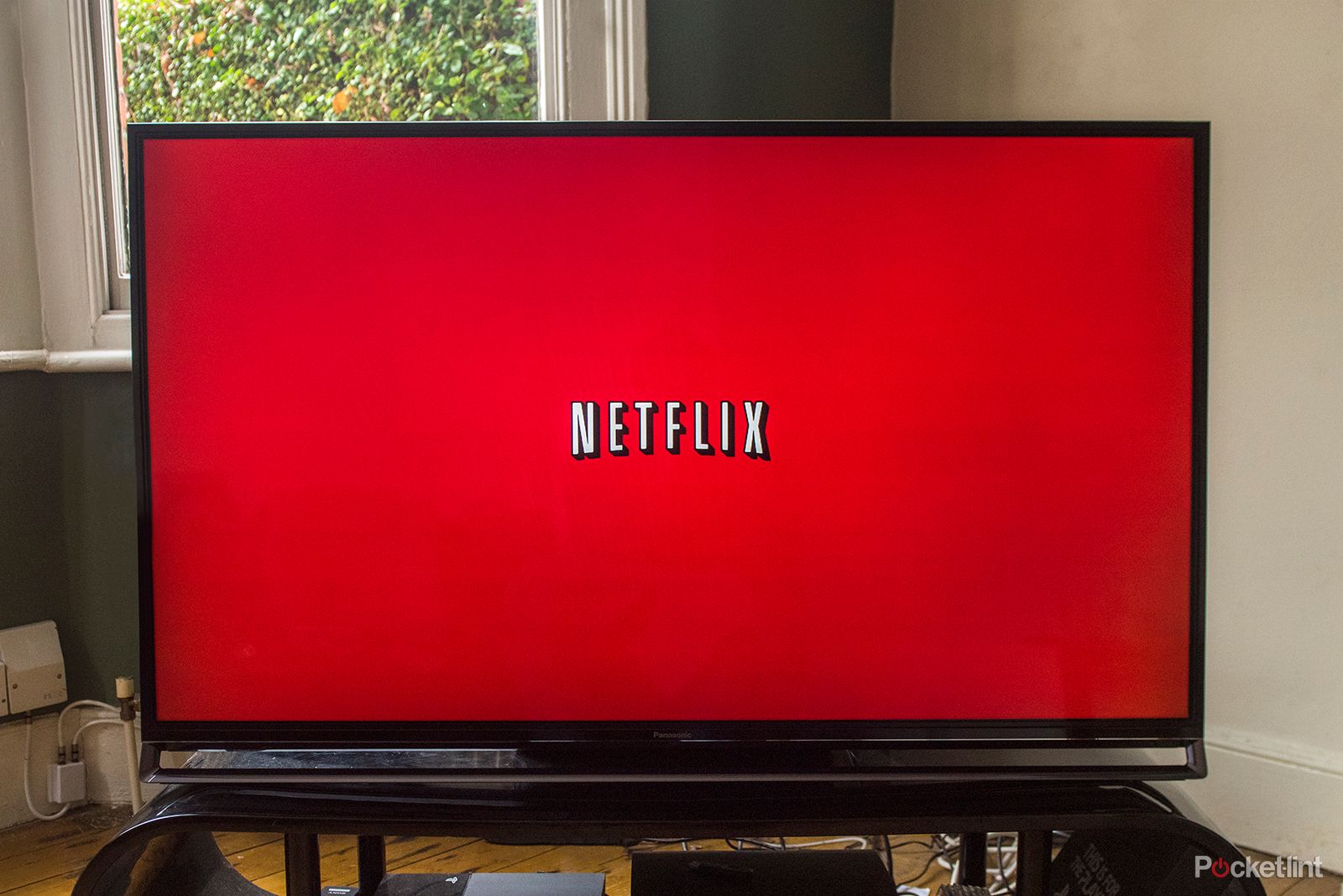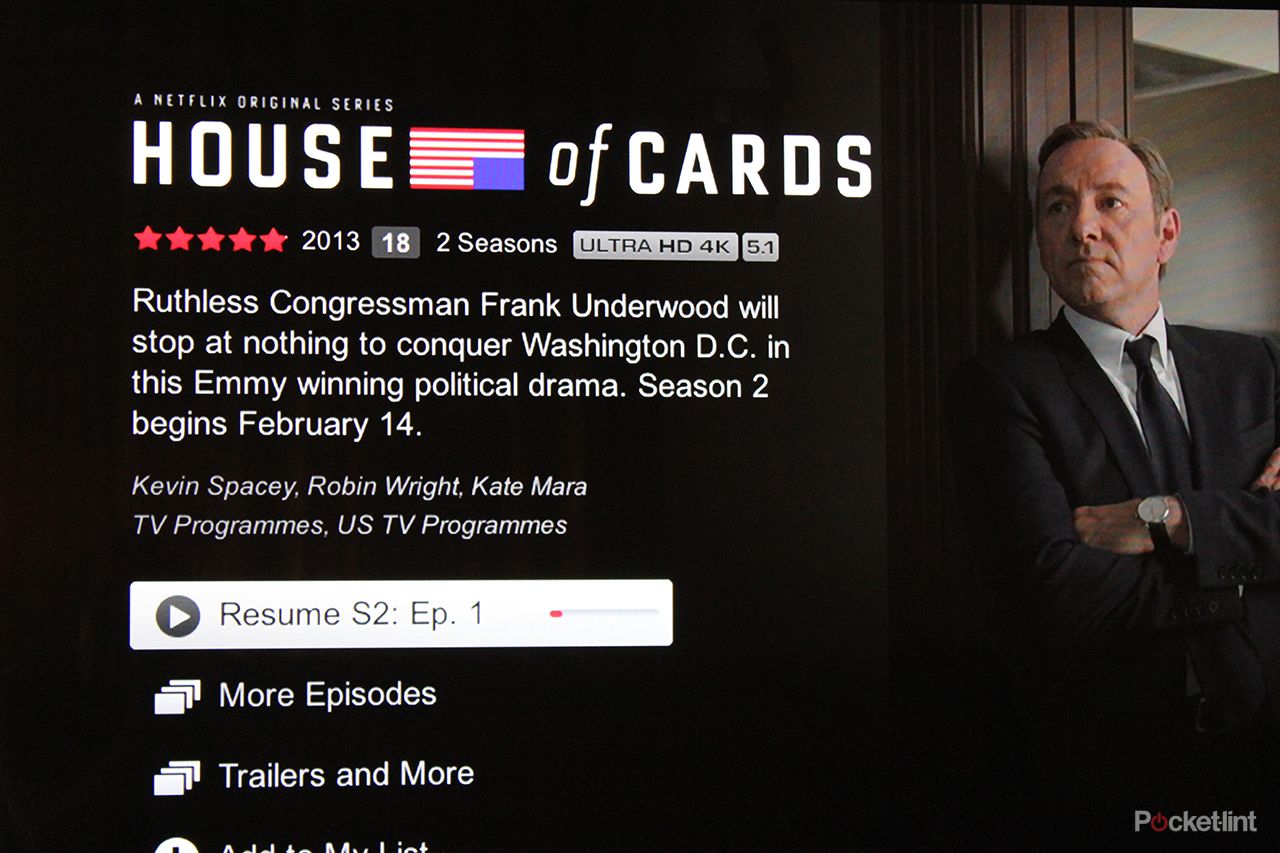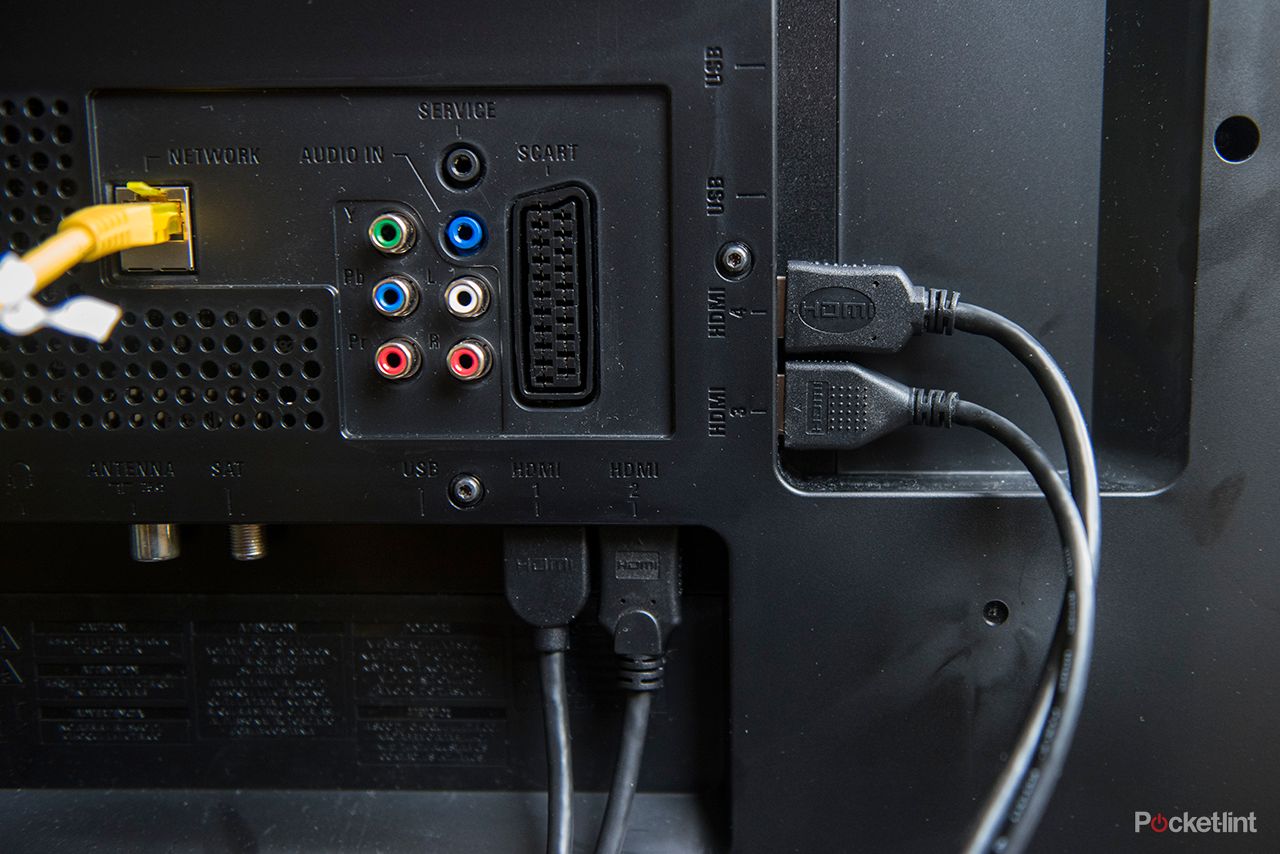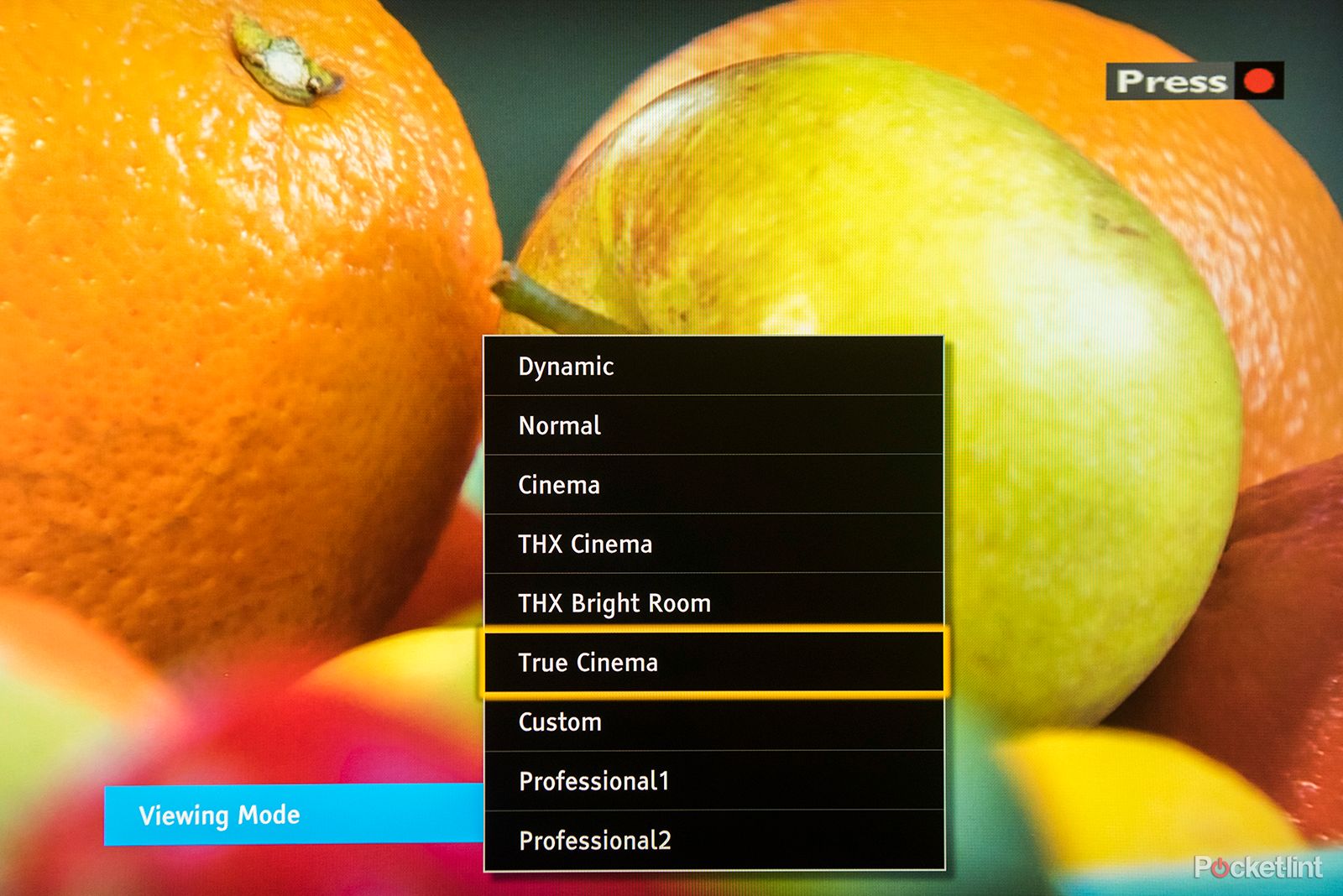The term Ultra-High Definition - also known as Ultra HD or UHD - has been kicking around for a couple of years now. But what does it actually mean and why does it matter if you're looking to buy a new TV?
Just as we've got used to the "Full HD" term, along comes 4K Ultra HD as the next-generation step in the world of TVs. Offering more lines, more pixels, and ultimately the potential for more detail.
But 4K is not a technology of the future, it's the here and now. Brands like Sony, Samsung, LG, Panasonic, Philips and more have each added to their 4K TV portfolios. There are 4K tablets, laptops, projectors and even smartphones. And now there are 4K UHD Blu-ray players and discs announced to take advantage of those screens. So is now the time to take the Ultra HD plunge?
What is 4K UHD?
Many current TVs are Full HD, which means they have a display made up of 1920 x 1080 pixels - around two million pixels if you're counting. That's probably what you have sat in your living room right now.
That's fine enough for quality, but a 4K UHD TV has a 3840 x 2160 pixel resolution, delivering around eight million pixels in total. So the jump isn't twice the resolution of Full HD, it's four times.
As UHD is still being used as a blanket term, there is scope for some confusion. You may hear people talking about 8K (or maybe the wider-screen 4K DCI format, even 5K), but in terms of what you need to worry about for TV purchases in the here and now, it's all about 4K UHD.
Should you care?
If you want a sharper, crisper picture then you should definitely care about 4K. It's been used in cinema projection for a number of years but has taken time to trickle down into the home in an affordable guise.
However, just because a UHD TV has more pixels doesn't mean that everything will instantly look better. There's a gap in the content available in native 4K at the moment, so for the time being 4K tellies will do what's known as "upscale" the incoming image. Typically a Full HD 1080p image or less needs to be upscaled to fill all those new pixels. That can work very well, but if the source image is too low a resolution then it will highlight all its imperfections even more. Think about how normal DVDs are currently upscaled to your Full HD TV, for example, and how they look.
Having more pixels in front of you might be great if you're a front row cinema fan, as you will be able to sit closer to your TV without seeing the grid lines, but let's not forget that resolution is perceived based on distance: sit too far away and you'll not see the immediate benefit of a 4K TV compared to a 1080p panel.
That's part of the reason 4K TVs tend to offer large panels, typically beginning at 55-inches. With a 4K panel of that size, sit further than two metres away and theoretically you won't tell the difference between 4K and 1080p, because your eyes can't resolve the additional detail.
Fortunately, we all tend to sit with our faces just about as close as we can smoosh them to the screen these days, so within the optimal viewing distance, and with the right content on display, things will look ace.
What is UHD Premium?
The UHD Alliance has announced a standard for immersive UHD platforms including sound that it calls UHD Premium.
The Ultra HD Premium logo will be found of devices capable of delivering that level of quality, so customers know what to look for. It was created in conjunction with film studios, electronics manufacturers, content distributors and tech companies. But what does the standard include?
UHD Premium means the devices not only offers 4K resolution but also high dynamic range, peak brightness, certain black levels and wide colour gammut. It also makes recommendations for immersive audio features.
What can you play on 4K UHD TVs?
The answer to this is that there's very little native 4K content available at present, but there is much more than there used to be.
Netflix and Amazon Prime Instant Video both offer some native 4K content, Samsung has its own UHD channel, and Sony has a 4K UHD Video Download service. YouTube now offers 4K content too and BT Sport streams content to its subscribers in UHD.
Set top boxes with 4K capabilities are still limited but they do exist. Amazon Fire TV now streams in 4K. The Roku 4 box has 4K streaming support and the Plex platform is now also UHD supportive.
Plenty of 4K Blu-ray players have been announced as well as discs at CES 2016. When these will all be available is still unclear but the wait is almost over. That promise of physical media soon may be enough to encourage many people to take the 4K plunge. Warner Bros has already announced it will released 35 films on 4K UHD Blu-ray this year. Sony has announced several titles that will arrive on the discs with Dolby Atmos sound too.
In short, a 4K UHD TV will handle everything you already get from your current TV no problem, you'll just have to wait a while longer to experience its fullest potential.
Should you buy now or wait?
If you have the cash and want one of the best TVs out there, then go for it. It's worth noting that you'll be paying out extra for the 4K advantage, even if you won't always benefit from those extra pixels just yet.
You'll also be ready for 4K when it goes completely mainstream, but you'll be waiting for that to happen before you get the most out of your money; by which time, the prices will certainly have dropped with all the additions hitting the market over the last few months.
Technologies also advance. The first 4K TVs we saw were pushing five figures and didn't even support HEVC, the video codec believed to drive future 4K broadcasting and streaming. Now with the advent of quantum dot technology we're not only seeing more affordable panels, but better quality ones too.
HDR, High Dynamic Range, is also a part of the big picture. Some older televisions may not support this but all future content will have it. This allows for a greater contrast range for a better overall picture. With streaming services like Netflix and Amazon both pushing HDR support and the new UHD Premium standard requiring it, this is something to also consider when shopping for a new TV set.
When will the 4K revolution truly kick off?
Many Hollywood movies are shot in 4K and have been for years. So the masters are there, but most don't make it further than cinema screens at the moment. 4K Blu-ray could change that, with 4K in all its glory on your 4K screen via a new disc format. A fair few number of Ultra HD movies are also appearing on streaming services too, so if you choose to forego a physical format, the option could happen even sooner.
For day-to-day broadcast, Sky is capable of producing 4K content, it just hasn't done so on a grand scale. It hasn't got beyond broadcast trials just yet but will launch Sky Q in 2016. Other broadcasters, such as the BBC, have trialled transmission through cable internet connections. Overseas, however, channels in Korea and Japan are in the pipeline, but it's still early days on the broadcast TV front. Even BT Sport in 4K is consigned to be transmitted over the internet.
Streaming services, such as Netflix and Amazon, can't offer everything in 4K - but with Breaking Bad, House of Cards and more available on Netflix, there's certainly not a lack of quality content. The internet seems to be the most viable way to receive 4K content at present, but some rural areas in the UK won't be able to sustain the data rates required for streaming.
Plenty of other devices can capture 4K content, so that's something else to consider. Still images from cameras are greater-than-4K by some margin, while some camcorders, and even smartphones can capture 4K content (there may be compatibility issues for TV, however, more on that below).
The technical stuff
As ever with new technologies there are potential teething issues, so this section is well worth a read, despite all those pesky acronyms popping their heads up.
The first big one with 4K is the way in which it is delivered. Content is carried and decoded via what's known as a codec, with HEVC (high efficiency video coding) in its H.265 form the premier choice. Before 2015, however, a number of 4K TVs didn't offer HEVC compatibility (as previously mentioned) which, well, made them nothing more than glorified upscaling machines. No HEVC means no Netflix 4K.
The other major codec in contention is known as VP9, which is Google's choice. If you watch 4K YouTube content on a computer, then that's what's at work in the background. And while few 4K TVs out there already are compatible, many of the sets available now should be fine.
There are other significant factors at play that are also essential for future-proofing. With 4K there's a lot more data to churn through, and while many sets feature multiple HDMI inputs, typically only one will be the latest HDMI 2.0 format. And you'll need 2.0 to support higher frame-rate (HFR) 4K content and wider colour gamuts and HDMI 2.0a, a newer format, to support HDR.
Think of HDMI like a pipeline: if a 24 frames per second 4K movie is a pint of milk and trickles through an HDMI 1.4 port in 90-minutes, think of a 4K HFR movie as a gallon of milk instead - it needs a wider pipeline to get the necessary amount of content through successfully. Thing is, aside from the latest Hobbit movies, almost all cinema is delivered at 24fps, so it's likely that gaming and broadcast are the two major future benefactors of HDMI 2.0. Then metadata for things like High Dynamic Range need the updated HDMI 2.0a format to be transmitted alone the pipeline.
Your internet connection, while a separate entity, is also of key consideration. To stream Netflix 4K content, for example, you'll need to sustain a minimum of 15.6Mbps for 4K content to be shown, otherwise the stream will revert to lower resolutions.
So much choice
Lastly there's choice, and boy is there now a lot of it, but increasingly the lean is towards OLED for a number of reasons. It's thin, it can be curved rather than flat, and it delivers a high dynamic range and broader range of colours than the current LCD/LED standard. The only issue is that it is hard to come by a 4K OLED set - most are 1080p at maximum - and they can be prohibitively expensive.
They are good with colours though and colour is key. As well as much more detail, the other great thing that 4K content can deliver (assuming it's captured at source, anyway) is a much wider spectrum of colour.
We're beginning to see companies further open doors in the way that more colours can be shown: quantum dot (or what Samsung calls SUHD) is one such technology, which supports a higher dynamic range (HDR), brighter output, and greater expanse of colours in LED/LCD TV options - almost to OLED levels.
Manufacturers also have their own technologies, smart operating systems (from Tizen to Firefox OS, Android Lollipop through to webOS) and, often, more baffling acronyms to try and win you over. It's all part of the game.
We can't make the choice for you, but read our best TVs feature below to help you see into the ultra-clear 4K UHD future before it's arrived in full swing. This time next year 4K will be the norm.

